Our favorite camera phones of 2022: the standout handsets of the year
Some of our choices may be controversial, but here are the phones that impressed us most in 2022
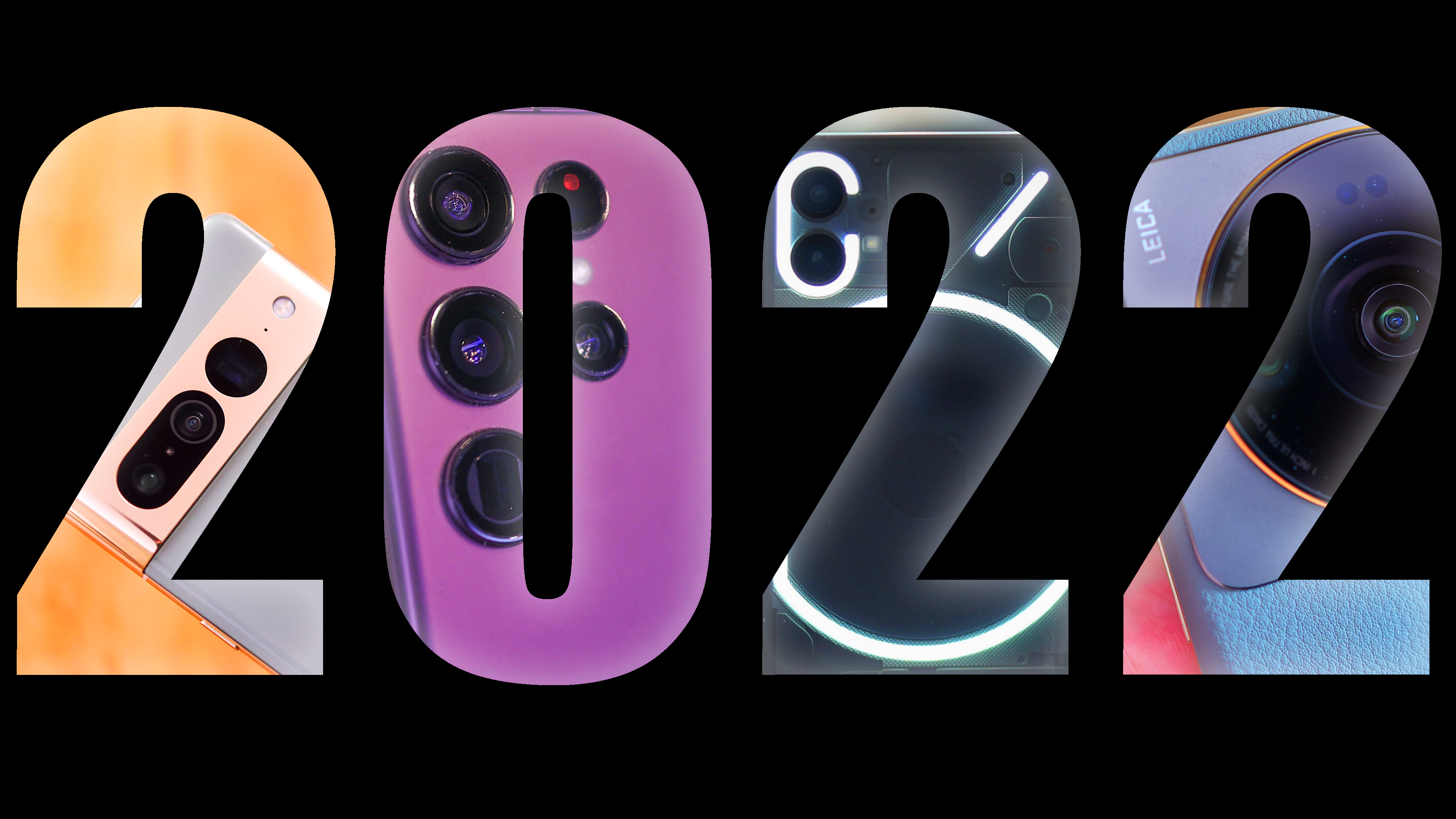
2022 has been another great year for the camera phone. We wouldn't go so far as to say the best ever, as there hasn't quite been the same degree of camera innovation that we've witnessed in the past, but the tech evolution has still been strong. Apple and Samsung released their best-ever flagships, the iPhone 14 Pro and Galaxy S22 Ultra, before Google dropped the stunning Pixel 7 Pro at a more attractive price point.
But this isn't just a practical buyer's guide to the best-buy camera phones available now - if you want that, check out our best camera phone guide. No, this is a round-up of our favorite phones of the year, regardless of price, practical considerations or even widespread availability.
So here's our run-down of the camera phones that have impressed us most over the past 12 months...
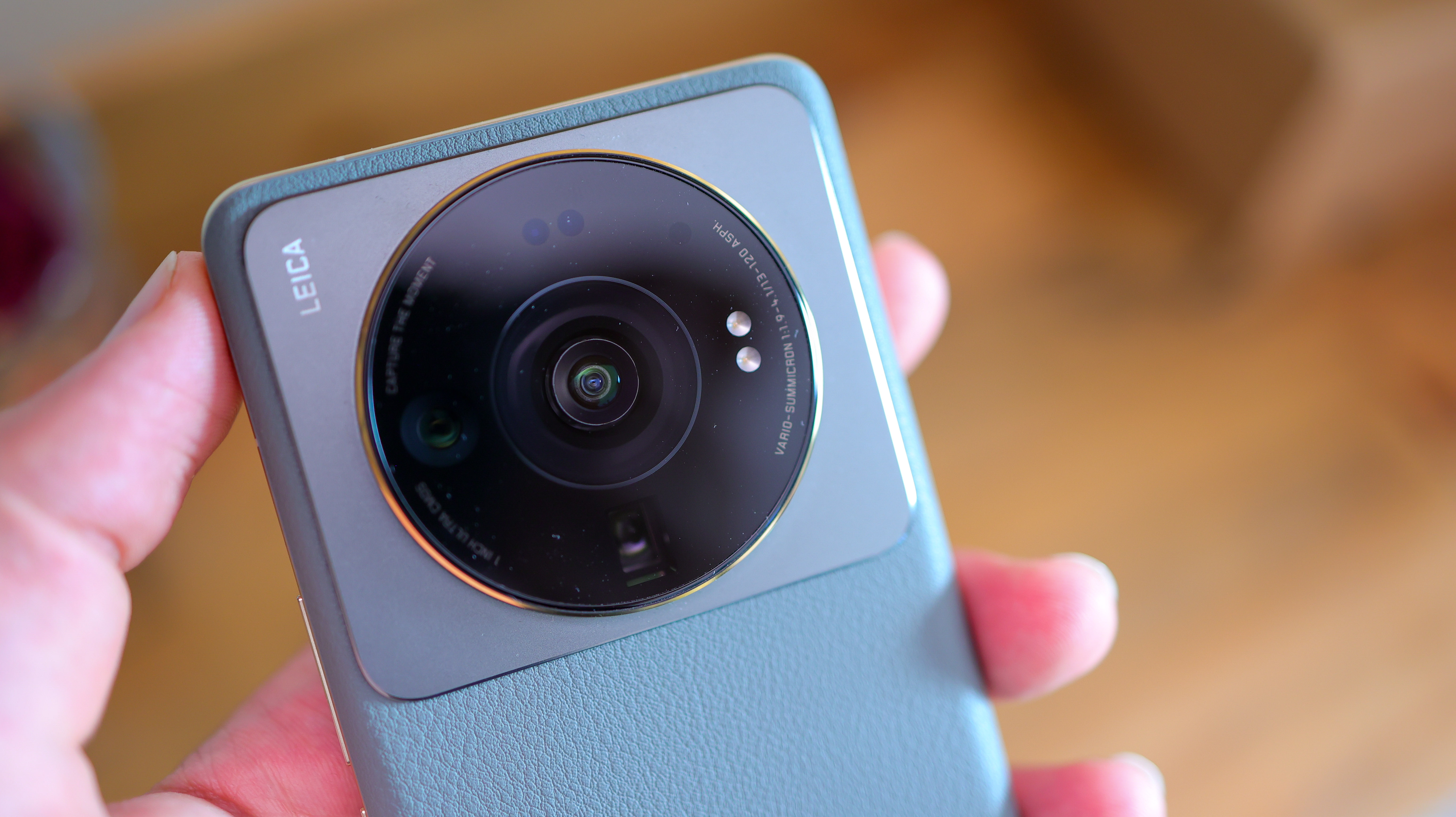
Specifications
Reasons to buy
Reasons to avoid
The 12s Ultra represents a huge commitment in photography from Xiaomi. Starting with its partnership with legendary camera maker, Leica, to its investment in Sony's imaging division, which saw the brand part-fund the development of the huge 1-inch IMX 989 sensor in the 12s Ultra – Xiaomi means business. Even with all that commitment, though, we didn't expect the 12s Ultra to be as good as it is, especially after the Xiaomi Mi 11 Ultra didn't quite hit the mark.
But the Mi 12 Ultra has no such shortcomings - it's a landmark smartphone. Not only does it feature the very best camera we've ever used on a mobile, it also combines it with a compelling package. The design is novel and premium, the phone's screen is a quality display, and its performance and battery don't drop the ball either.
Quite simply, this is the best camera phone we've ever tested, beating the Galaxy S22 Ultra, iPhone 14 Pro and Pixel 7 Pro. There's just one slight issue though: you can't actually buy a Mi 12 Ultra, unless you live in China! That's why this phone can't feature on our buyer's guide of the best camera phones, but it's still our favorite phone of the year.
In full: Xiaomi 12s Ultra review
Get the Digital Camera World Newsletter
The best camera deals, reviews, product advice, and unmissable photography news, direct to your inbox!
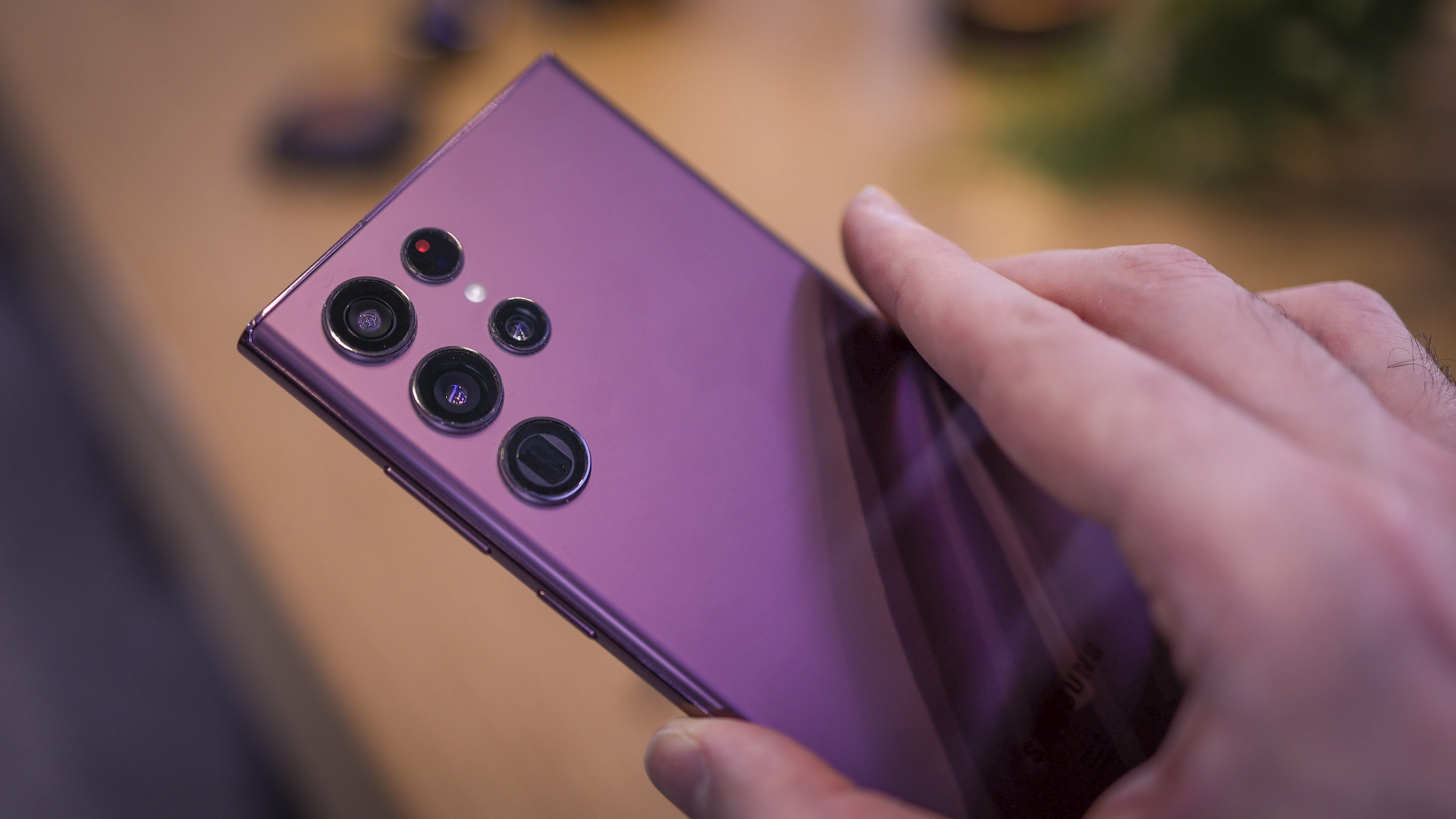
Specifications
Reasons to buy
Reasons to avoid
Despite being almost 12 months old, the Galaxy S22 Ultra is still the best globally-available phone of 2022. Sure, rivals like the Pixel 7 Pro and iPhone 14 Pro have threatened Samsung's dominance, but for sheer camera performance regardless of price, the S22 Ultra is still king.
The reason the S22 Ultra has managed to fend off more recent competitors is thanks to its superb camera hardware - it boasts four rear cameras, including a stellar 108MP f/1.8 main camera, a 12MP f/2.2 ultra-wide camera and two 10MP telephoto cameras – one with an f/2.4 aperture and 3x optical zoom and one with an f/4.9 aperture and a huge 10x optical zoom.
Then there's the sublime 6.8" Dynamic AMOLED 2X display which features a 120Hz refresh rate for smooth scrolling and gaming experiences, HDR10+ support, huge 1750-nit peak brightness and a 1440 x 3088 resolution.
Factor the phone's useful S Pen support and gargantuan 5000mAh battery and the S22 Ultra is the most complete camera phone all-rounder of 2022.
In full: Samsung Galaxy S22 Ultra review
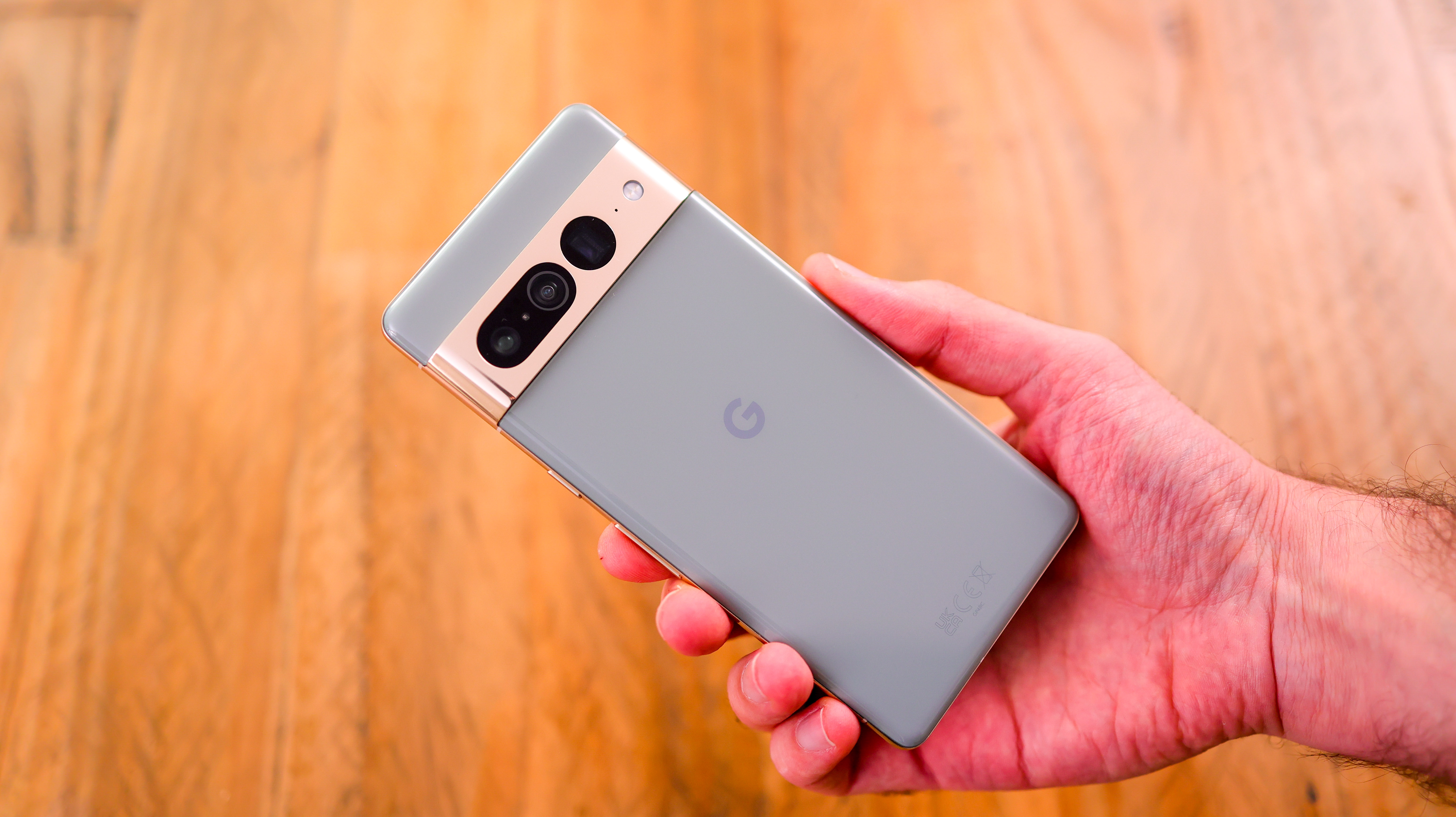
Specifications
Reasons to buy
Reasons to avoid
With a typical flagship phone from a top brand now commanding well over $1000, it would have been easy for Google to have jumped on the four-figure bandwagon with the Pixel 7 Pro. Not so. Though far from 'cheap', the US $899 Pixel 7 Pro is simply unbeatable at this price point, snapping at the heels of the S22 Ultra and iPhone 14 Pro, but for appreciably less cash.
Google loaded the Pixel 7 Pro up with a mighty camera mix including a 50MP primary camera, 48MP 5x zoom telephoto camera, and a 12MP autofocussing ultrawide snapper. Google's photography software is also incredibly clever, both in the camera app and when you come to edit your photos, and video shot on the Pixel 7 Pro looks stupendous too.
With sleek design, a mighty screen, and excellent future-proofing by way of continued software support, the Pixel 7 Pro is the best value flagship phone of the year.
In full: Google Pixel 7 Pro review
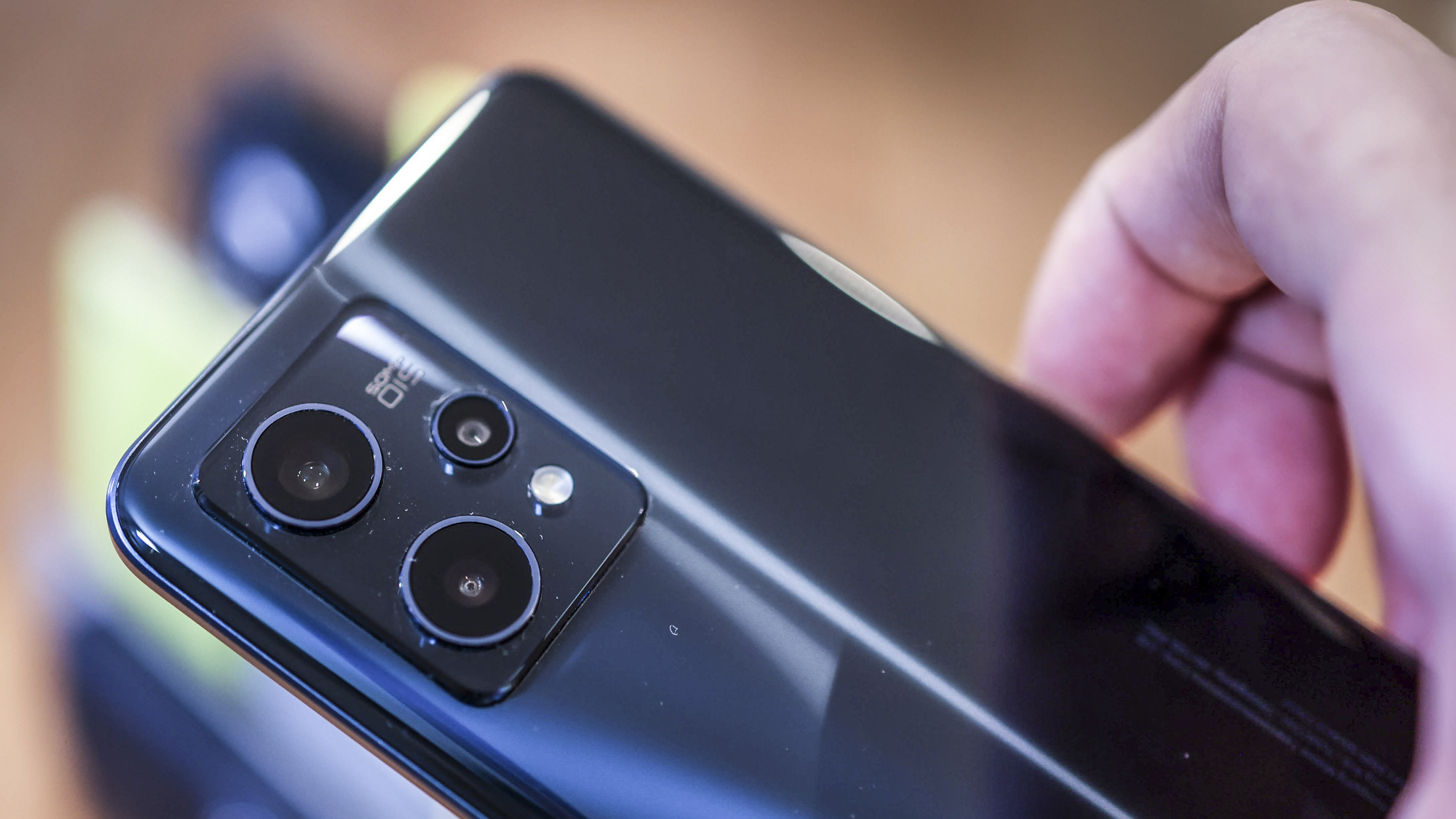
Specifications
Reasons to buy
Reasons to avoid
Last year's value champ was the Redmi Note 10 Pro, but this year's Note 11 Pro wasn't quite so compelling. It opened the door for arch rival Realme to muscle in with the 9 Pro Plus, it didn't disappoint. Thanks to it featuring Sony's superb 50MP Sony IMX766 sensor with 1-micron pixels, OIS, and an f/1.8 aperture lens, you get a full-on 2021 flagship camera sensor in a phone costing just £349 (around US $422). Sure, it's possible to get a better screen or more power for less money. The macro camera here is also predictably poor, and the lack of a microSD slot is disappointing, but these niggles don't really dent the huge overall value appeal of the Realme 9 Pro Plus.
In full: Realme 9 Pro Plus review
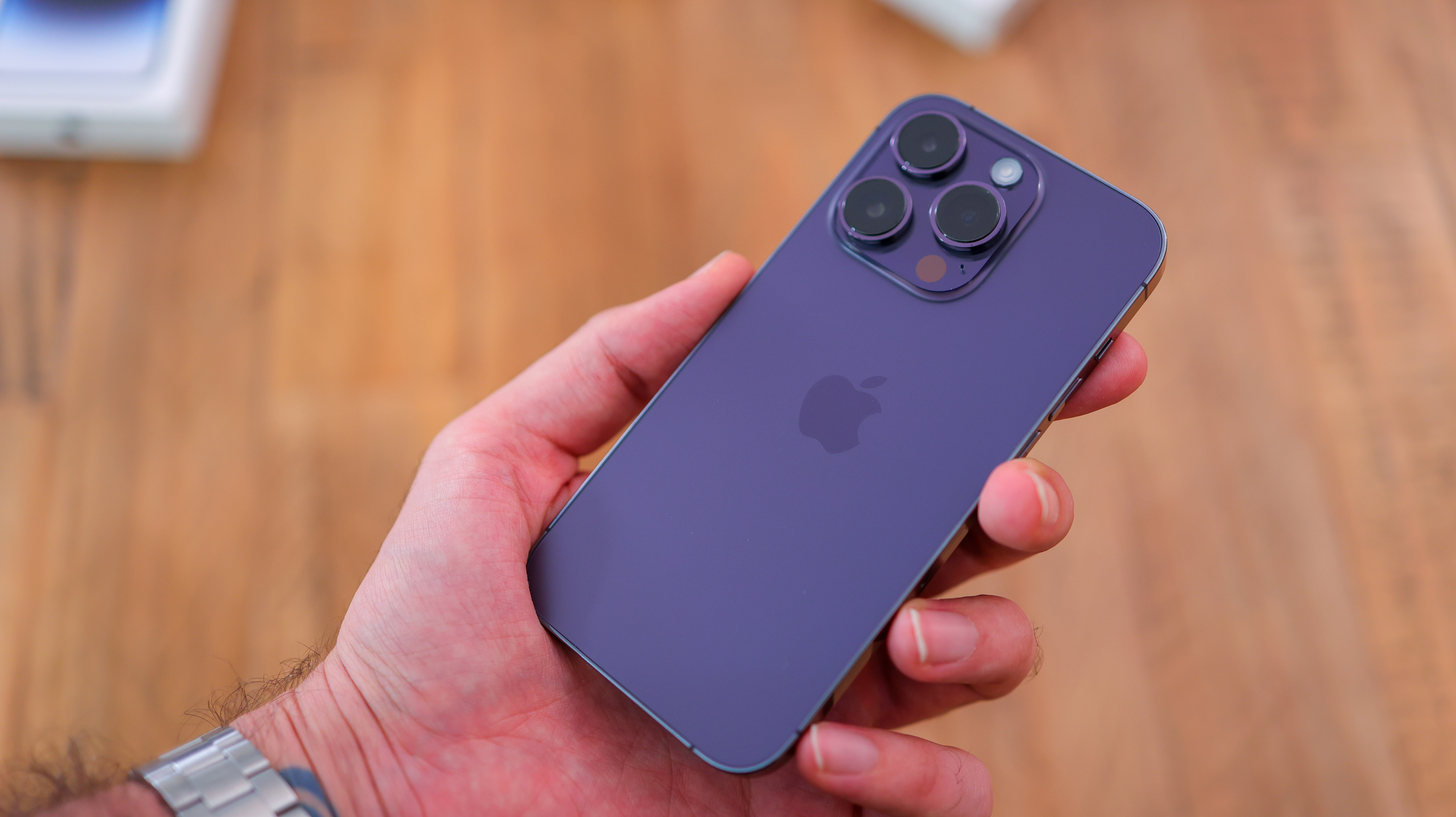
Specifications
Reasons to buy
Reasons to avoid
It would be easy to justify the iPhone 14 Pro being top of this list, as rationally it's probably the best camera phone on the market right now. Apple has crammed so much into such a pocketable device, including the finest iPhone camera offering yet, with more pixels, a larger sensor, and a new video stabilization system. The new Dynamic Island 'notch' is another nice touch, and we're fans of the great battery life, fast wired charging, and the clever automatic crash detection/assistance feature.
So why is a phone this good only our fifth favorite phone of the year? Well, the Pixel 7 Pro arguably gives you an equally fluid user experience, but with better camera hardware and for less money. The Xiaomi 12s Ultra and Samsung Galaxy S22 are superior to the iPhone in terms of camera tech, and the Realme 9 Pro is far better value.
In full: Apple iPhone 14 Pro review

Specifications
Reasons to buy
Reasons to avoid
The Xperia 1 IV was a particularly exciting phone this year on account of its world-first tech: this is the first phone to support 120fps video capture across all its rear cameras. But most impressive was Sony's inclusion of a true optical zoom. The phone's periscope camera can take you from 85mm to 125mm continuously, despite the fact the Xperia 1 IV is a slim, fine-looking slab of frosted glass and blasted metal. Sony's color science, the amount of control you get over your photos and videos, and the main camera's quality across lighting conditions also makes the Xperia 1 IV a force to be reckoned with.
The Xperia 1 IV is only let down by some heat management issues, occasional UI gremlins, and crucially, a price tag that puts it squarely in the firing line of the best camera phone's of the year.
In full: Sony Xperia 1 IV review
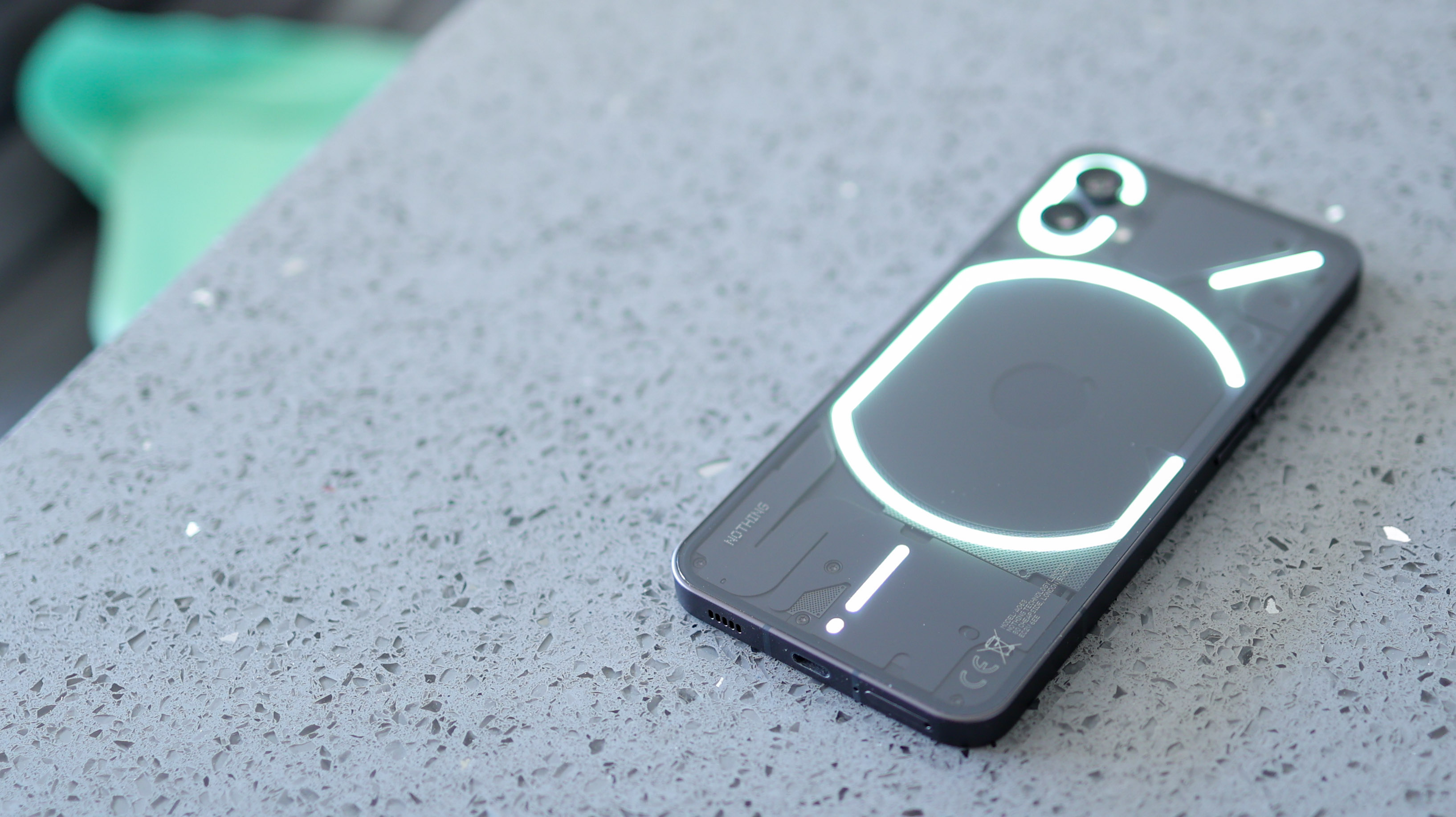
Specifications
Reasons to buy
Reasons to avoid
It's quite a feat to make a brand new smartphone, but that's exactly what we saw this year with the launch of the Nothing Phone (1). And by new, we mean totally new – no established holding company (that we know of) working behind the scenes to ensure success or absorb the cost of failure. In fact, we've not seen a successful new entrant to the smartphone market for years.
And not only did Nothing manage to bring an entirely new phone to market, it also produced one of the best budget camera phones of 2022. Sure, the phone's trademark Glyph lights are a bit of a flashy gimmick, but that's not a bad thing. Nothing's made a novel, good-looking phone that stands out in the right ways. And the style is matched by substance – a midrange price, a great screen, stable performance, wireless charging, and a very solid camera experience with Sony's IMX 766 50MP sensor at its heart.
While you can get other great phones with similar camera setups for less or the same amount of money, it's the Nothing Phone (1) which really stood out this year.
In full: Nothing Phone (1) review
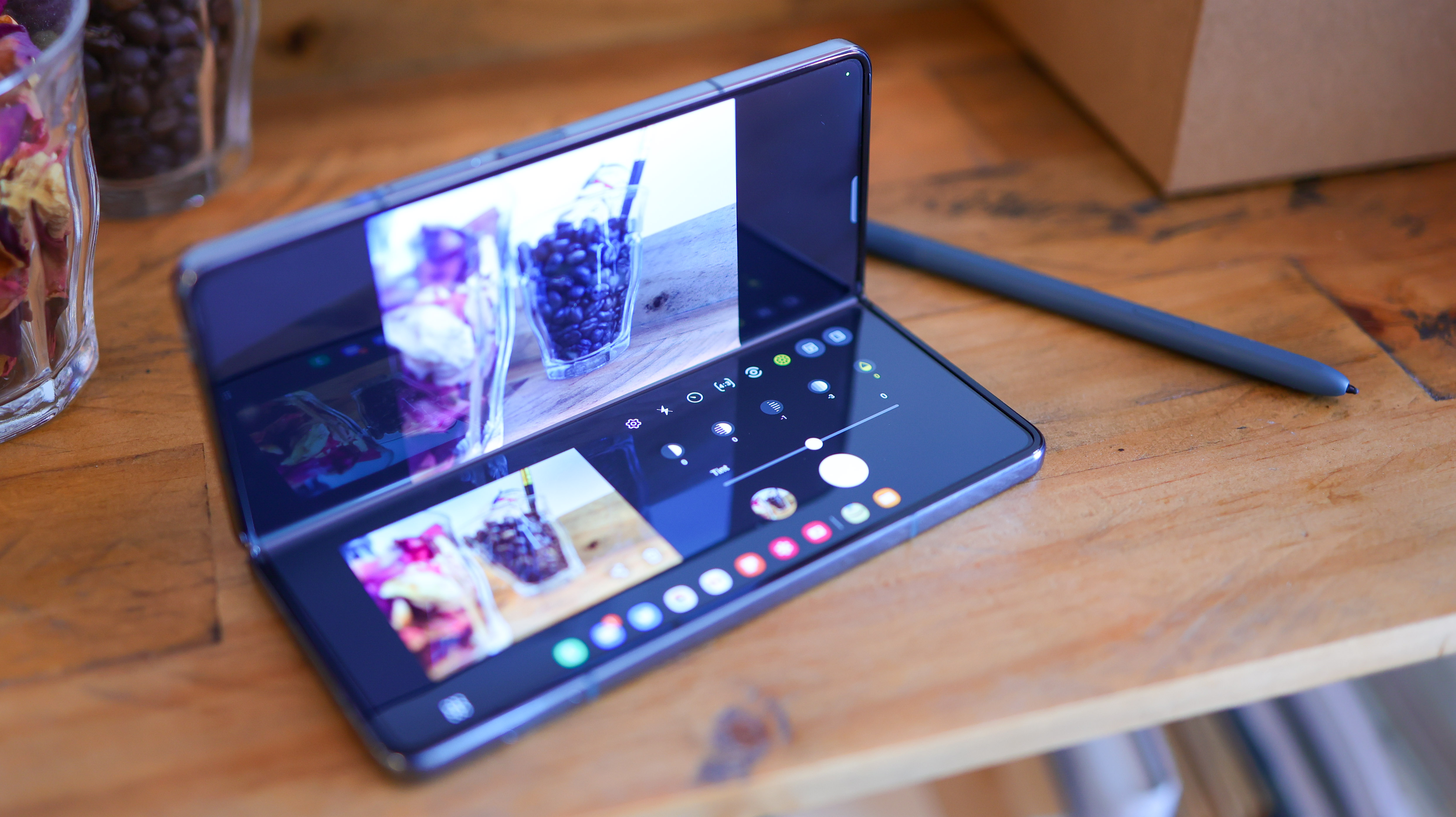
Specifications
Reasons to buy
Reasons to avoid
2021's Samsung Galaxy Z Fold 3 was a landmark phone that introduced water resistance to foldables, and the Z Fold 4 brings it back, along with a healthy set of upgrades and refinements across the board. Cameras are improved over the Z Fold 3, and Samsung's camera software is also better. The rear cameras are almost identical to those of the Galaxy S22 and S22 Plus, with a wide, ultra-wide, and 3x zoom telephoto camera mix.
The rest of the phone is premium across the board: the design seems robust and durable with that IPX8 water resistance, and the Z Fold 4's hinge, which locks at almost any point across the 180º rotation, is also very impressive. Add S Pen support and decent battery life to the mix, and the Galaxy Z Fold 4 is a mighty smartphone and foldable.
With a starting price of US $1,799 / £1,649, this is never going to be a mainstream handset, but for being the most accomplished foldable yet, the Z Fold 4 earns a place on this list regardless of its prohibitive price.
In full: Samsung Galaxy Z Fold 4 review
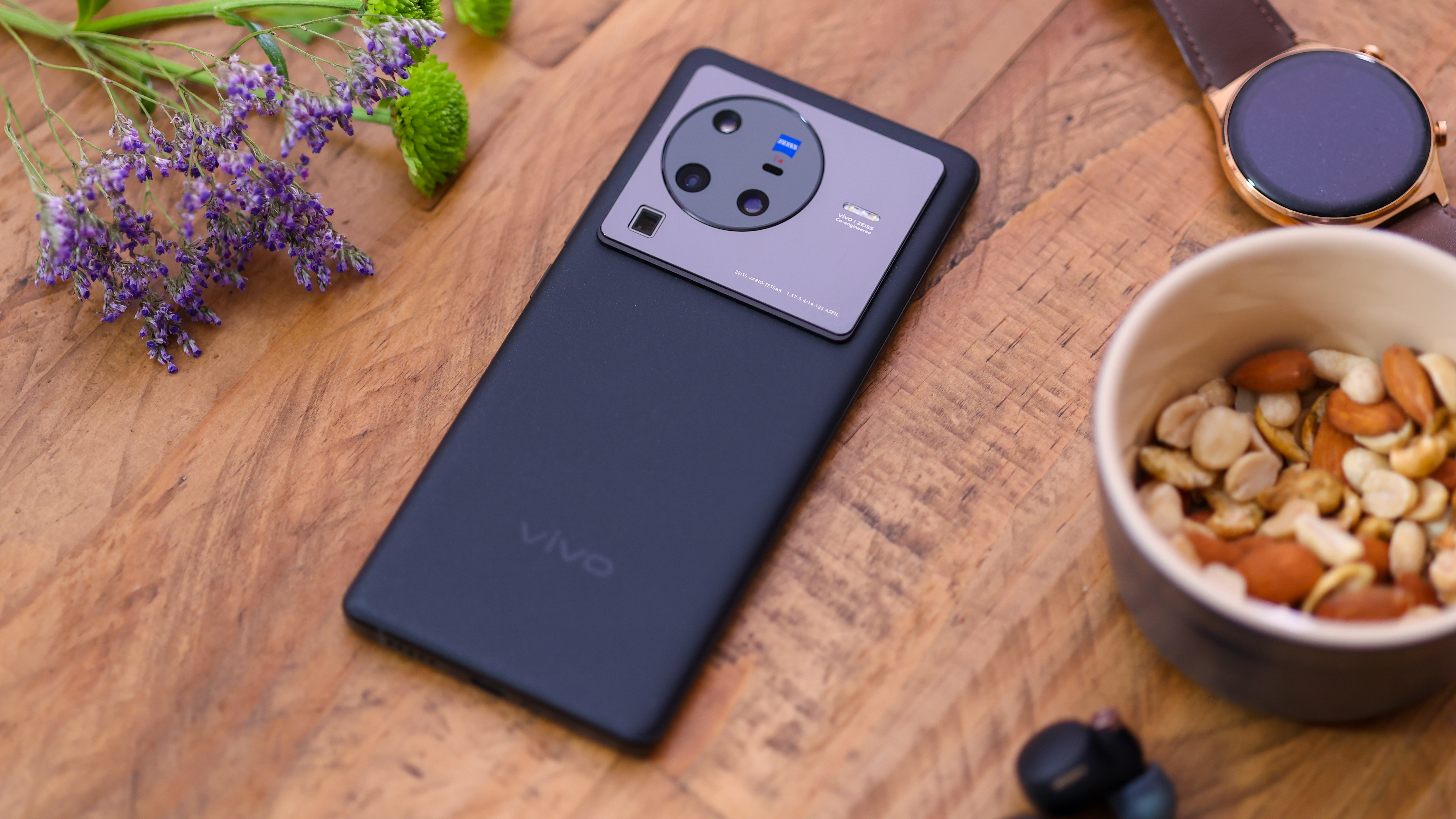
Specifications
Reasons to buy
Reasons to avoid
Vivo has made some excellent camera phones, especially since partnering with Zeiss for its camera lenses. The X80 Pro is Vivo's 2022 flagship, packing a large, 1/1.3" 50MP wide-angle camera sensor, and the 50mm telephoto camera benefits from Vivo's advanced gimbal stabilization, plus there's also a periscope telephoto camera. Better still, the ultra-wide camera has autofocus, and it also doubles up as a macro camera. It all comes together to form one of the most complete camera solutions available with no weak links.
The rest of the phone doesn't disappoint either. Sure, there's a heavy-handed interface, but if you can get used to that, and we did, you can enjoy the X80 Pro's powerful performance, brilliant screen, good enough battery life, and very fast charging – both wired and wireless.
Costing £1,199 (approximately US $1,450), the X80 Pro is one very expensive flagship - it's around the same cost as an iPhone 14 Pro Max(!) - but if you're not bothered by brand image, this was an unexpected flagship hit of the year.
In full: Vivo X80 Pro 5G review
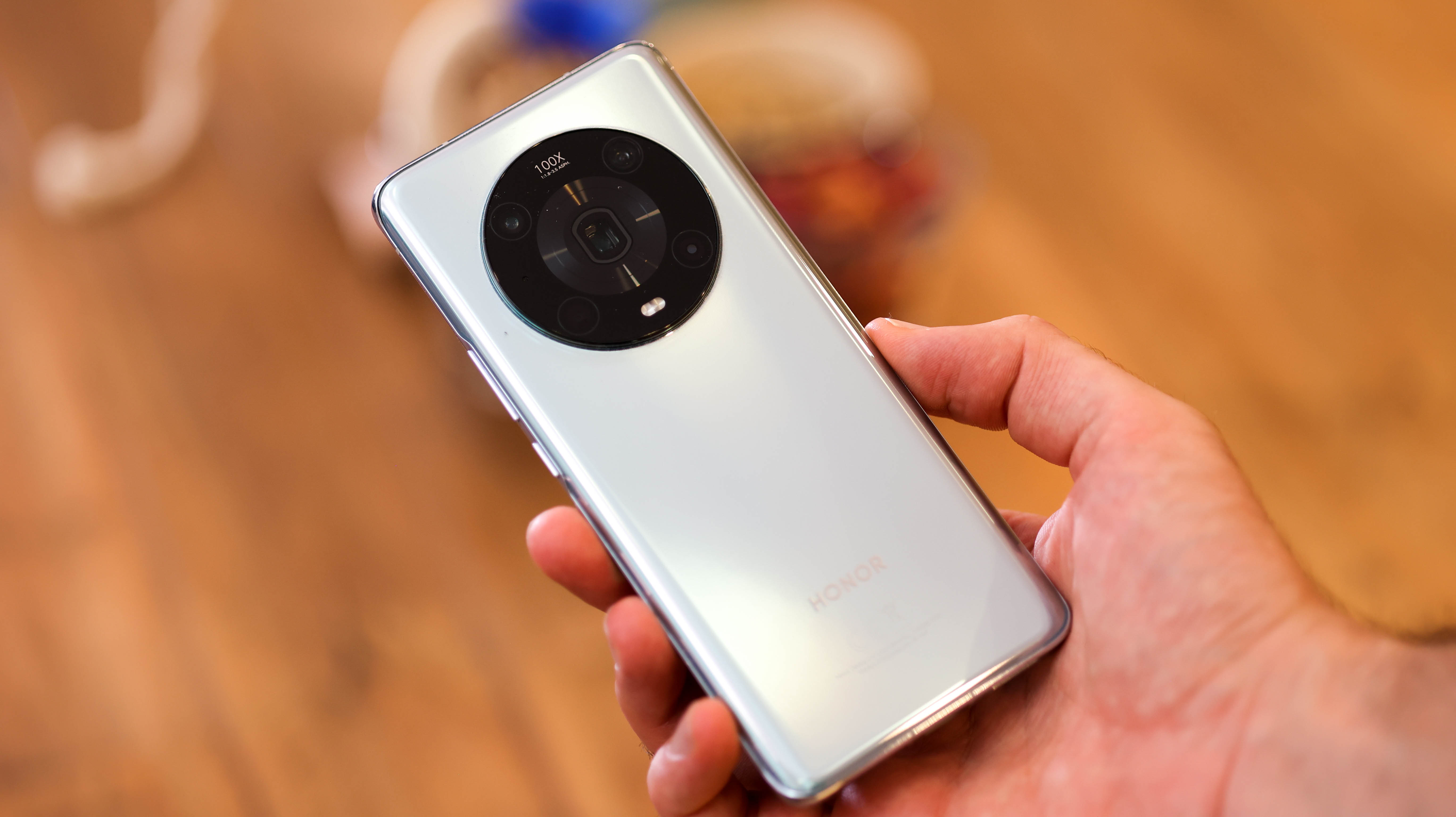
Specifications
Reasons to buy
Reasons to avoid
Rounding out our top 10 is one of the most intriguing underdog phones of the year. The Magic 4 Pro is the first flagship from the Chinese smartphone maker Honor to launch in the West since it parted ways with Huawei – the superbrand that spawned Honor in 2013.
Costing £949 (roughly US $1,146), the Honor Magic 4 Pro undercuts the best from Apple and Samsung, yet still manages to compete on the camera front with an excellent main 50MP, 1/1.56" sensor main camera, plus another 50MP ultrawide. Honor's photo processing has also clearly come a long way, and the Magic 4 Pro succeeds where other phones have failed, delivering hybrid zoom with truly impressive results.
Thanks to Honor parting ways with Huawei, the Magic 4 Pro enjoys full access to the Google Play Store, and it boasts incredibly fast 100W wired and wireless charging. It all adds up to a phone that's more than the sum of its parts, a well-balanced flagship handset, and a delicious taste of what Honor can do as an independent phone maker.
In full: Honor Magic 4 Pro review
Read more
• Best SIM only deals
• Best budget camera phone
• The best camera phone
• The best add-on lenses for iPhone and Android phones
• The best gimbals for your iPhone, GoPro and camera
• The best selfie sticks
Ben is the Imaging Labs manager, responsible for all the testing on Digital Camera World and across the entire photography portfolio at Future. Whether he's in the lab testing the sharpness of new lenses, the resolution of the latest image sensors, the zoom range of monster bridge cameras or even the latest camera phones, Ben is our go-to guy for technical insight. He's also the team's man-at-arms when it comes to camera bags, filters, memory cards, and all manner of camera accessories – his lab is a bit like the Batcave of photography! With years of experience trialling and testing kit, he's a human encyclopedia of benchmarks when it comes to recommending the best buys.

